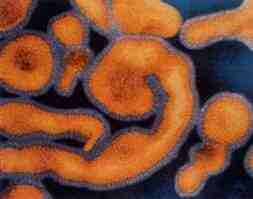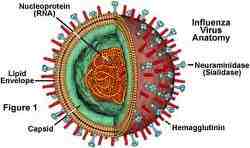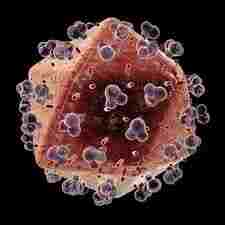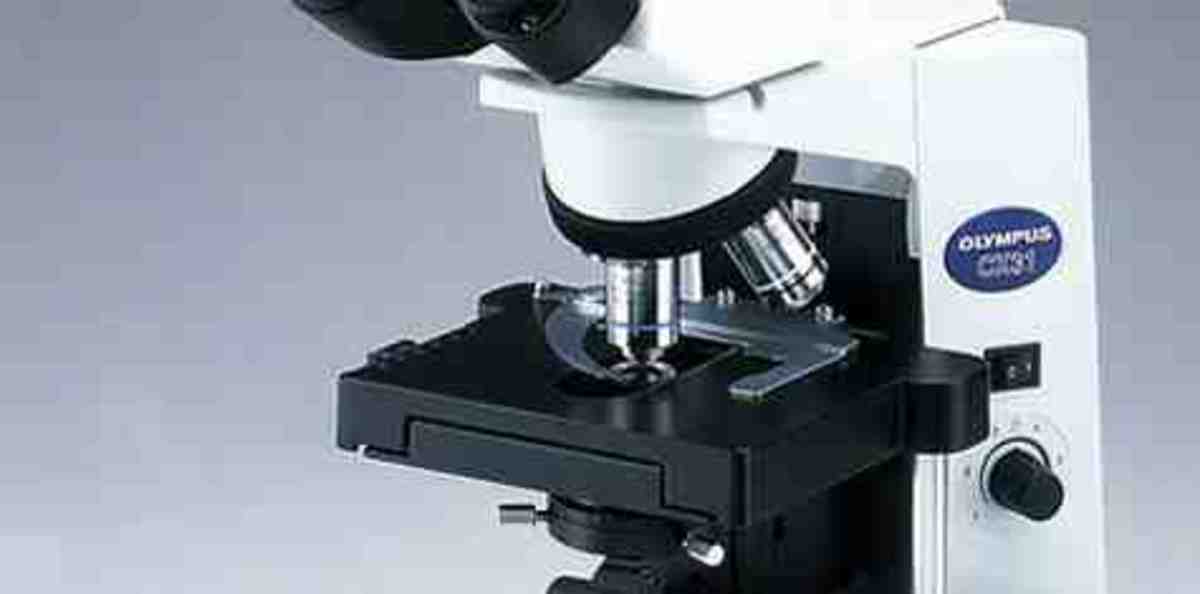Understanding Virus Made Easy.
The electron microscope has allowed understanding of virus
Click thumbnail to view full-size





Virus Occupy a Huge Part of Our World
Understanding Virus Made Easy.
Taking a brief look at the world of the Virus is an eye-opener indeed. Not that opening any eye not affixed to the product of an electron microscope (see notes following main article) will allow anyone to see one, or even a colony of the tiny organisms. In fact, we lack words for the size of virus: we can't say microscopic, really, because no light microscope is powerful enough to see them.
What we do know is that there are at least 5,000, plus, species, as that is the number we have identified. They are roughly 100 times smaller than bacteria! It would take a million of them, give or take a thousand or two, to stretch across one centimetre of distance.
Neither do we know where they came from or originated as there are none in the scientific record over about 100 years old - virus don't make fossils. We do have several esoteric theories of where they originated, but the scope of reporting this is beyond this hub or its composer.
Thanks to the electron microscope, we do have an idea of the composition of these tiniest members of the known universe. First, they have no individual cells that divide as do all higher creatures. They do carry genes of RNA or, more commonly, DNA, contained in a molecule, protective protein and, often, an envelope of protective lipids.
They attach themselves to human, animal or plant cells by means of special proteins which recognise receptors on the cell walls. They then enter the cell and command it to make many more copies of the invader and as they have few genes maybe 5 to 8 - they reproduce with phenomenal speed.
Virus can be spread in any number of ways: through the air we breathe or the liquids we drink; by being bitten by blood-sucking insects like the mozzie, or even, as we have sadly found out over the last 50 years, by the very act of human love-making itself as the HIV virus caused AIDS, along with herpes by a similar agent.
Doctors had been treating viral caused disease for centuries before they were even recognized and it gradually became clear antibiotics had little effect on them. We are now producing anti-viral drugs hand over fist which is giving man at least a fighting chance in stemming infections, as long as he keeps up with their speed of mutation.
Virus were first "discovered" when Chamberland produced a filter which was fine enough to remove bacteria from a filtrate. Much to his and others surprise, the filtered substance was still being infected with - something - something smaller than a bacteria, they had been removed. Enter the virus from right stage! Now we know, of course, that bacteria themselves are constantly infected by virus.
The electron microscope arrived in 1931, shortly followed by the first images of these minuscule "creatures" (some doubt they are even really a life-form as we know it). Scientists began growing them as they had bacteria in animal tissue and studying them in earnest.
Amazing facts have come - and are still arriving - about the virus. Most eventually kill the host cell; some can stay dormant in the body for the whole life of the host, only making brief and regular appearances - like the herpes virus - or never being heard of at all and pursuing some secret and untold destiny within the labyrinth of the human and other animal or plant body. They are about as small in relation to an elephant as man is to his whole planet! Talk about universes' within universes'!
Virus are responsible for a host of diseases in man. It is no secret that flu is virus-borne; this killer has sent millions to an early grave throughout our history and caused untold aeons of misery to billions more: and still it circulates the planet in various guises, mutating as we try to pin individual infections down. These days, this beastly disease is helped by the viral bridge as infections spread between continents in days.
Some virus are seen to be fairly benevolent, others called virulent. Colds, cold-sores, chickenpox, herpes...we cure to an extent or suffer through the symptoms until our immune system kicks-in and kick the virus out, leaving us, for a while or a lifetime, immune to this particular organism. We are not so fortunate with Ebola, cancer and aids, the virus usually gains quickly - in the end - with our destruction. Then, I imagine, the virus wait in the soil until time exposes them once again. Something to be said for cremation I suppose.
(Please note: Hubber cathylynne, a specialist in medical affairs, commented that virus are only responsible for cervical cancer and Burkett's Lymphoma. Lung cancer, for example, is not generally caused by virus: 80% of all lung cancer is caused by the carcinogens in tobacco...so quit the noxious weed!!).
The picture is not all negative, however. We are now managing bacteriophages, virus that are harmless to us but a killer to certain types of bacteria and can be added as friends to the war against viral infectious agents.
Not that our bodies are idle where repelling and killing the boarders are concerned. Our own inner army is constantly engaged with intruders of any mettle, including virus. The lymphocytes play a leading role by producing anti-bodies which kill virus in several ways, they are viral specific and single-mindedly attack and kill one type of virus, then remember it for next time, should it have the temerity to try twice. This produces auto-immunity to this particular baddie. Then we have interferon which does just that “interferes” by killing our infected cells with the invaders still inside before they can break out and spread the infection. This explanation, of course, is an easy-to-understand picture of this subterranean war going on in each and every creature on the planet at some time or another.
Plants and, indeed, some bacteria present a different problem to virus. That is getting through the thick bark, skin or membrane which these creatures have developed to stave-off just these penetrations. You may wonder what the nasty patches or spots are on your house or garden plants. In many cases, this is where the plant has isolated large areas of viral infected leaves by killing off the cells, and, ipso facto, the invaders as well. That’s when we step-in and spray the plant with the intention of removing pathogens from the surface and helping our beloved plants recover from the invasion.
It is staggering to see to what extent virus are part of the life on this planet. This also includes the seas and rivers where micro-organisms of one type and another form 90 % of the whole biomass!! A mind-boggling 20% of bacteria and other micro-organisms in the marine environment are killed daily by virus! There are as many as 1,000,000 virus in a teaspoon of sea water!
I’ll never swim again...and we worry about poor old bloody Jaws!
It’s not surprising that seals, whales, other marine mammals and fish are subject to as many viral diseases as are surface creatures, Perhaps many of the tragic mass beaching have some virus or other behind them affecting the creature’s health and judgement. Especially with man salting the situation by pouring pollutants into the rivers and oceans.
Well, virus have probably been here since - or before - life as we know it began; they may have easily arrived on Earth on an asteroid, or other heavenly body (Adam!!??). Or they may have come here with some little green men on a spaceship, (they were a normal pink before the virus got ‘em). We may one day find out and until then we have to battle on and try to defeat the colonialists before they defeat us.
Notes on Electron Microscopes
Function by means of an electronically magnified image, achieved by the passage of a particle beam of electrons.
A traditional light microscope can only magnify a specimen up to about 2000 X, whereas an electron unit can reach 2,000,000 X magnification.
They use electrostatic or electromagnetic "lenses." Are used in many industries, from biochemical to front-line semi-conductor fabrication.
Invented by Germans Ruska and Knoll in 1931 and developed at first by Siemens.
There are several types: TEM, SEM, REM, STEM and the latest the Low Voltage electron microscope (LVEM) with several advantages, especially good for samples such as virus.
An excellent full description of these complex machines is available on Wikipedia among many other sites.














